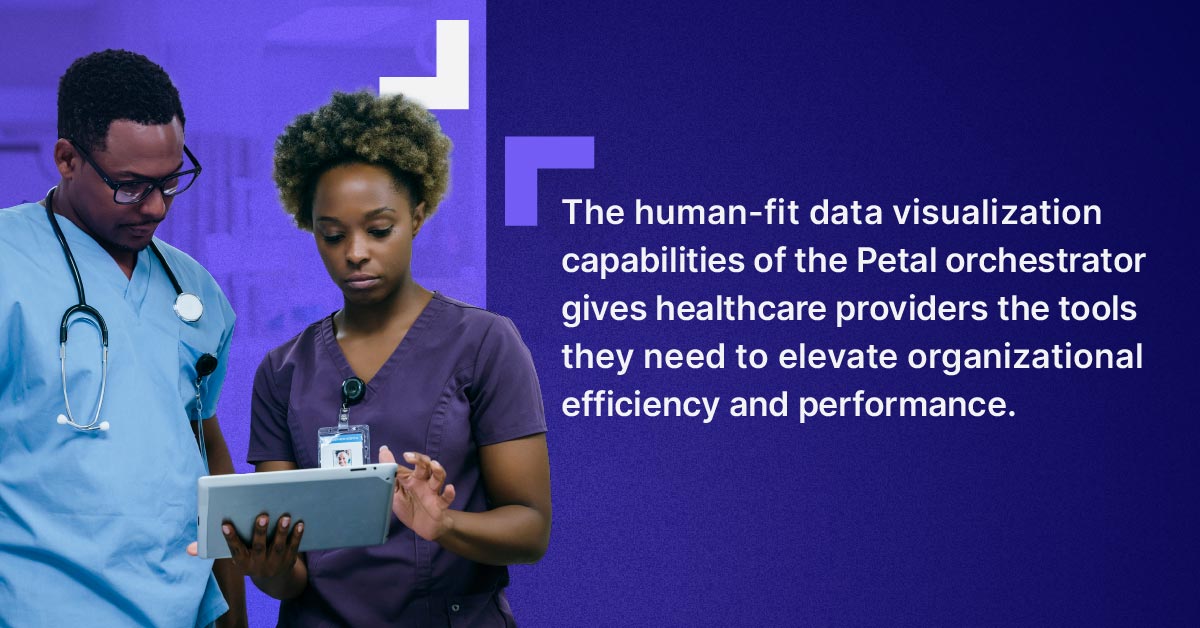
As many experts and the general population agree, Canada’s healthcare system is in desperate need of a major overhaul.
Despite the healthcare industry’s first forays towards a massive digital transformation, which was exacerbated by the global pandemic’s accelerated shift in care delivery and consumer preferences, our country continues to lag behind its peer countries.
Recent studies abound that Canada ranks a poor 10 out of 11 with respect to equity and healthcare outcomes when compared to ten other high-income countries. Even more alarming: Canada comes in last for timely access to healthcare. Less than one-third of Canadians are able to access a healthcare professional within 24 to 48 hours. Up to 73% of citizens in best-in-class countries can visit or speak to a doctor or nurse within the same timeframe.
While there are many factors that are contributing to Canada’s lacklustre healthcare system performance, one glaringly stands out, according to Policy Options: “a lack of seamless electronic information exchange between health organizations, providers and patients.”
For example, in a report conducted just a few years ago by Health Canada, a survey found that two-thirds of doctors still use faxes as their primary means of communication. The reason? As the report stated: “the single biggest impediment is interoperability; computer systems and electronic health records are rarely able to communicate.” The end result is that stakeholders in the health ecosystem still rely heavily on paper-based technology.
As technological innovations continue to advance in the field of healthcare they are often tailored to specific professions or aims. A high volume, velocity and variety of big data regarding patient demand as well as provider capacity is generating a glut of siloed information stored in disparate locations and systems that simply “don’t talk to each other.”
This has caused huge barriers to data sharing between healthcare professionals, facilities, insurance companies, researchers and patients—all of which are further fragmented by provinces and regions. Studies abound on the types of barriers that have slowed down technology’s progress in healthcare: lack of data standardization, problems with technical interoperability, and data quality are just some of the more rampant issues.
As Dr. Woods, former president and CEO of London Health Sciences and a pundit for Canada’s healthcare policies, summed up in a 2021 interview: “Canada has no discernable health technology strategy. We have a lot of small “s” strategies and jurisdictional squabbles ❲...❳. That’s not a health IT strategy.”
Inevitably, patients pay the high price of self-contained systems. Locked and isolated human-fit data between patient demand and provider workloads results in the inability of people to access the quality healthcare they need. Moreover, the absence of global data visualization and sharing has led to Canada’s inferior healthcare system performance in terms of patient outcomes, workforce management, health equity, population health, and administrative efficiency.
Connected care: Canada’s ‘north star’ to ending its healthcare system problems
Interconnecting digital health solutions is becoming critical to revolutionizing the country’s healthcare systems. Investments in digital platforms that can seamlessly operate and support all stakeholders throughout patients’ healthcare journeys—whether in health or not—is paramount to fixing Canada’s healthcare systems.
The good news is that cutting-edge technologies and approaches that actually stitch together patient data and eliminate solution interoperability woes are now available. The orchestrator developed by Petal is a cloud-based digital platform that captures all big data from various sources, such as booking systems, healthcare networks, clinics, hospitals, and EMRs, to aggregate, refine and analyze real-time patient information.

Petal’s orchestrator integrates with data-driven healthcare solutions to create an interoperable ecosystem that connects all systems together, eliminating the silos. It enables real-time monitoring and offers insights to make better decisions—not only for patient demand but also for provider capacity. Tapping into a wealth of the orchestrator’s human-fit data visualization capabilities gives healthcare providers the tools they need to elevate organizational efficiency and performance as well as patient care. The orchestrator’s interoperability with other systems has also been designed to adhere to the standards of provincial and local regulatory regimes as well as ever-evolving security requirements.
Currently, Petal’s orchestrator has been implemented by more than 1,300 care facilities across Canada, with a proven track record of helping organizations increase efficiency and provide better patient access. The platform can be customized based on a healthcare facility’s objectives.
Petal, the company behind the orchestrator, brings to healthcare systems the most critical assets they need, including automated care prioritization and the output visualization of patients’ timely access to quality, integrated and safe care.
Petal’s solutions are developed using the most advanced modern technology based on big data classification, analytics and science-based algorithms.
Thanks to Petal, Canada’s healthcare systems can finally embrace the actual and mitigate the hassles associated with legacy methods. Our digital health platform can effectively support decision-makers and professionals as they embark on the next frontier, providing high-performance healthcare and better access to Canadians everywhere.
